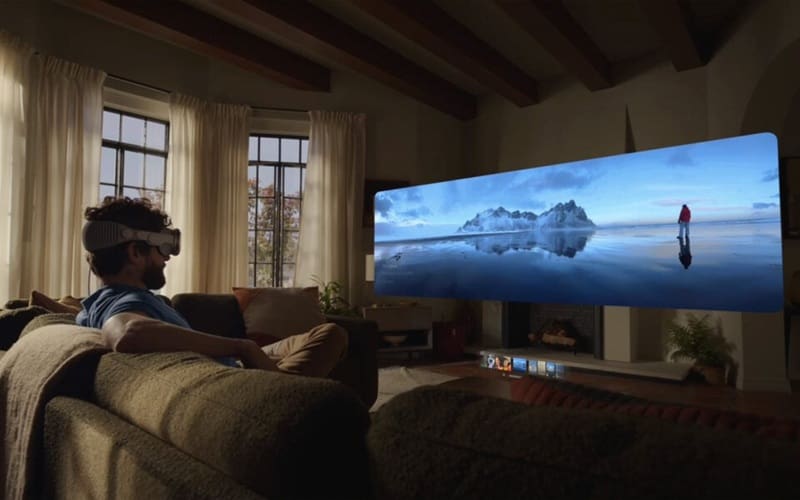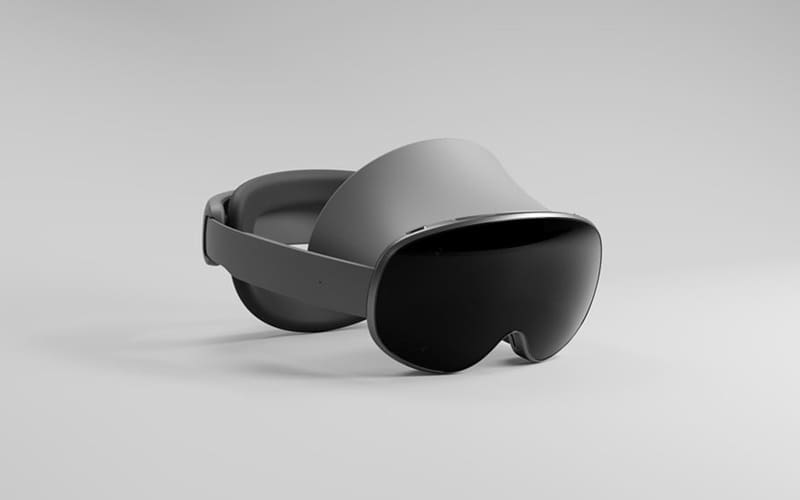Augmented reality (AR) headsets have made significant strides in 2025, with better hardware, refined software, and expanding ecosystems. Leading tech companies like Apple, Meta, Google, and Samsung are pushing the boundaries, making AR more immersive and accessible. While these advancements bring AR closer to mainstream adoption, challenges like high costs and bulky designs remain. With new innovations on the horizon, the question is whether AR headsets are finally ready for everyday use. Below, we shall talk more on where AR headsets in 2025 are going to go.
Table of Contents
The State of AR Headsets in 2025: What’s New and What’s Next?
Current AR Headset Market
The market for AR headsets in 2025 is more competitive than ever. Companies like Apple, Meta, Google, and Samsung are pushing the boundaries of augmented reality technology. Apple’s Vision Pro set a high standard, and its upcoming successor promises better battery life and a lighter design. Meta continues to expand its Quest lineup, offering improved AR passthrough and more immersive experiences.

At the same time, lightweight AR glasses are gaining traction. Meta’s Orion project aims to replace bulky headsets with everyday wearable AR glasses. Google’s Android XR platform is also driving innovation, supporting a wide range of AR hardware, including Samsung’s upcoming Project Moohan headset. Chinese brands like XREAL and Oppo are offering more affordable AR solutions for entertainment and productivity.
Advancements in Software & Applications
The software ecosystem for AR headsets in 2025 is growing rapidly. Companies are developing applications that enhance productivity, collaboration, and entertainment. Apps like Microsoft Mesh and Zoom AR enable virtual meetings with holographic elements, while Apple’s Freeform AR improves remote teamwork.
Gaming is another major focus, with new titles blending virtual and real-world elements. Streaming platforms like Netflix and Disney+ are experimenting with AR-based interactive content. E-commerce brands are also using AR for virtual try-ons and 3D product previews, making online shopping more engaging.
Google’s Android XR platform is expected to speed up AR development. With AI-driven features like real-world object recognition and voice interactions, AR applications are becoming more intuitive and seamless.

Challenges & Future of AR Headsets
Despite these advancements, AR headsets in 2025 still face challenges. The biggest issues are bulkiness, battery life, and high costs. While companies are working on more compact designs, most AR headsets remain too large for everyday use. Improvements in micro-LED displays and energy-efficient processors should help, but true mainstream adoption is still a few years away.
Faster connectivity, AI-powered features, and better user interfaces will continue to shape the AR experience. As competition grows, prices are expected to become more affordable, making AR headsets in 2025 more accessible to a wider audience.
Conclusion
AR technology is evolving rapidly, with significant improvements in hardware, software, and user experience. While challenges remain, the market is expanding, and innovation is driving the industry forward. Whether for work, entertainment, or everyday use, AR headsets in 2025 are bringing augmented reality closer to mainstream adoption.







